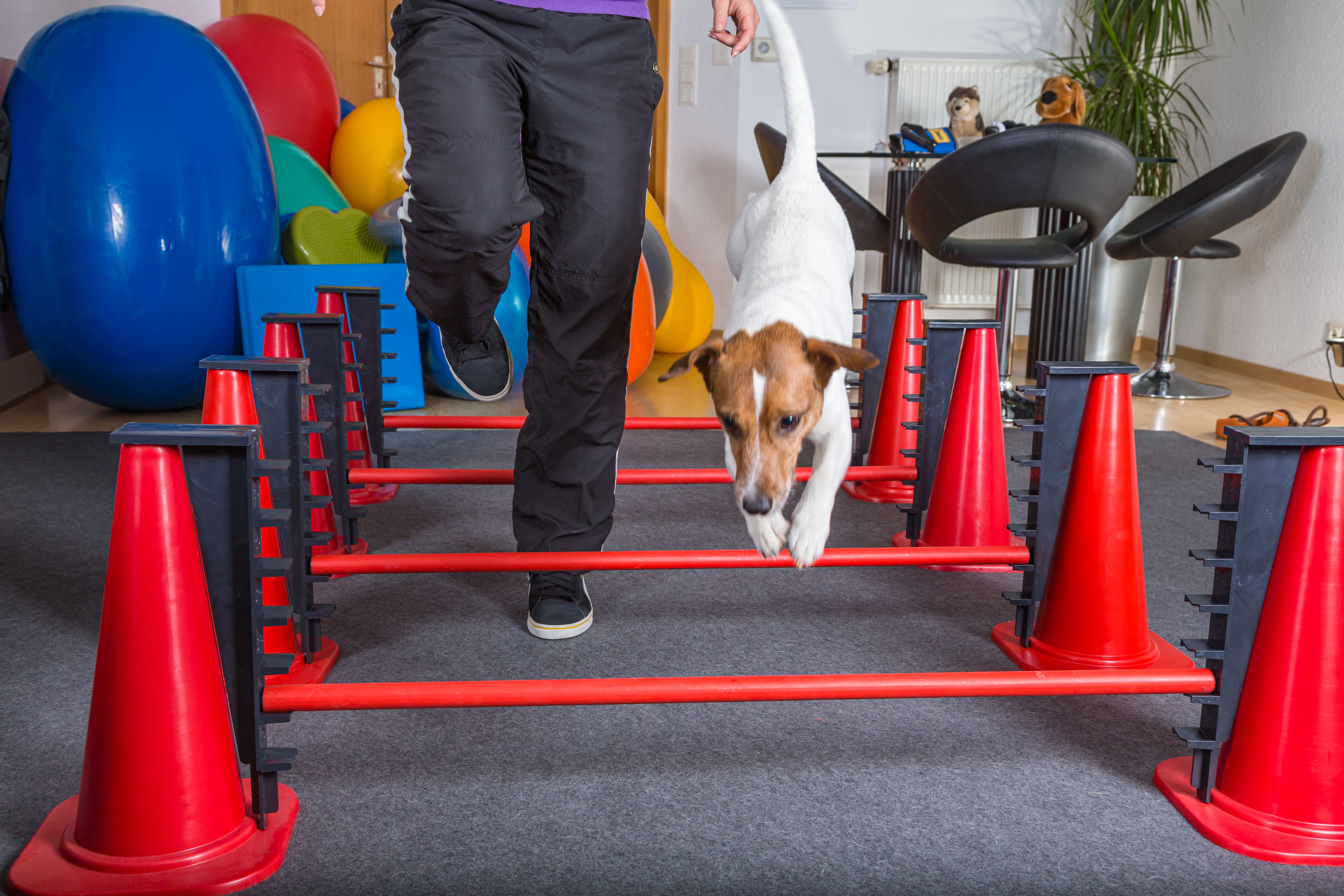Rehabilitation services are emerging in veterinary medicine in parallel with the specialty and formal training most recently recognized by the American Veterinary Medical Association, the American College of Veterinary Sports Medicine and Rehabilitation.
At the 2022 Fetch dvm360® conference in Charlotte, North Carolina, presenter Janice L. Huntingford, DVM, DACVSMR, MD-TCVM, CVA, CVPP, CCRT CAVCA, also explained that clients now view these services as essential for geriatric patients, canine athletes, and pets recovering from certain surgeries.1 Along with this, she shared key reasons that integrating rehabilitation including a range of therapeutic exercise and modalities (eg, hydrotherapy, ulstrasound, etc) would be especially advantageous for your practice.
Tips and tricks
Huntingford shared with attendees some invaluable tips and tricks for success when integrating rehabilitation offerings at your practice1:
- Integrative rehabilitation is most effective (ie, acupuncture, chiropractic, massage and herbal therapies)
- Train and utilize your team members
- Create special programs for weight loss, osteoarthritis, fitness, and canine athletes as this increases revenue
- Offer packages with discounts
- Speak at community events, client-focused events, and with colleagues
- Continue to learn
- Some excellent resources include: rehabvets.org; fourleg.com; and onlinepethealth.com
Addresses functional problems
Rehabilitation provides a unique service because the goals of treatment are functional and created specifically for patients who need to improve their movement or quality of life where other methods solely may not prove effective.
Huntingford illustrated an example in a dvm360® interview: “So if you have a dog who has difficulty walking, it's already had its cruciate repaired but it's still not walking, it may be because its muscles are painful. And rehabilitation allows you to take those dogs and and create a scenario where they're able to walk again, because you're really dealing with functional things like that.”
Offers service for geriatric patients
According to Huntingford, rehabilitation is ideal for geriatric canine patients because they typically have various health problems and medication can’t address all of them. Additionally, these dogs often have stomachs that are sensitive to drugs—such as non-steroidal anti-inflammatories—when they are in pain because of arthritis. Thus, you can use rehabilitation methods as nondrug therapies for them.
“A small animal practitioner may want to start doing rehabilitation because it gives them more tools in their toolbox when treating dogs that are geriatric who have pain and mobility issues,” Huntingford said, in the interview.
“Because many of these dogs have problems taking conventional drugs, either they're vomiting or they get diarrhea or they have kidney disease, and they just can't take it but they still need to have their pain managed, they need help with mobility. So in that case, you can do rehabilitation techniques [such as] therapeutic exercises, joint mobilization, hydrotherapy, laser, acupuncture . . . so it allows you to continue to treat your patients,” she added.
Strengthens veterinarian-client bond
Furthermore, engaging in rehabilitation medicine bonds you with patients, but with clients as well. Huntingford said that pet owners are often grateful that you are treating their older patients, those recovering from surgery and all others in need of an alternate therapy. It is appreciated by them that you are helping their pet’s pain to be better managed.
Reference
Huntingford J. Integrating rehabilitation into a busy general practice.Presented at: Fetch dvm360® Conference; April 22-24, 2022; Charlotte, North Carolina.

